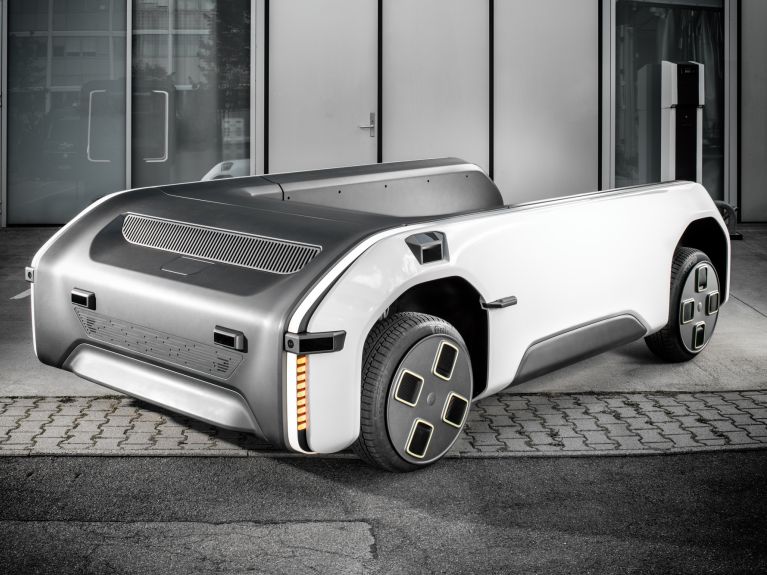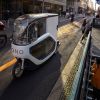The transport vehicle of the future
Autonomous driving is looked upon as an important component of the traffic turnaround. We introduce you to the pioneering vehicle concept U-Shift.

Trucks, buses or cars without drivers are no longer a vision of the distant future. Researchers are working intensively to ensure that autonomous driving will soon become commonplace. In 2021, the German Federal Government created the legal basis for allowing driverless vehicles under certain conditions.
Autonomous driving is considered an important building block for the mobility of the future, especially in view of increasing traffic volumes. According to the Federal Ministry of Transport, by 2030 passenger traffic is expected to increase by 13 per cent and freight traffic by as much as 38 per cent. Self-driving vehicles could ensure a more effective traffic flow and thus relieve traffic. The German Aerospace Centre (DLR) is currently researching an innovative and promising concept for this: U-Shift.
Dieses YouTube-Video kann in einem neuen Tab abgespielt werden
YouTube öffnenThird party content
We use YouTube to embed content that may collect data about your activity. Please review the details and accept the service to see this content.
Open consent formCapsules with future potential
The research project of the Institute of Vehicle Concepts at DLR relies on a flexible solution in which a driving module and a transport capsule are separated from one other. "The idea behind this is to be able to utilise the vehicle around the clock by making it usable for different purposes", explains the project manager Marco Münster. The u-shaped driving unit has an integrated lifting function and can thus load different modules between individual trips. This can be a cargo capsule for goods or a passenger capsule for public transport.
Potential users were already able to test U-Shift at the International Motor Show IAA. They were also interested in what a vehicle concept like U-Shift means for jobs, recalls project manager Münster, because drivers are then no longer needed. He pointed out that U-Shift also creates new jobs: for example, the U-Shift would have to be maintained and monitored from control centres.
But the development of the new vehicle concepts is far from complete. The next steps include refining the sensors essential for controlling the vehicles. U-Shift must also be tested in a real environment. The current research project will run until 2024. Münster hopes that the results will provide real added value for the economy: "We want to support industry with such developments".
You would like to receive regular information about Germany? Subscribe here:



